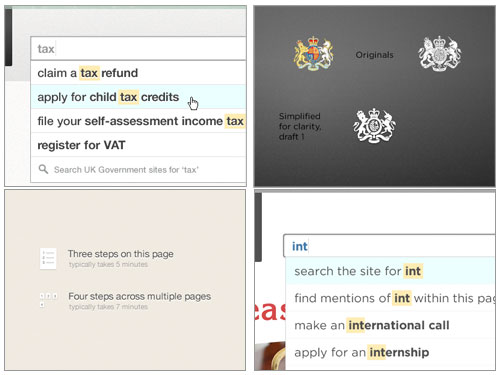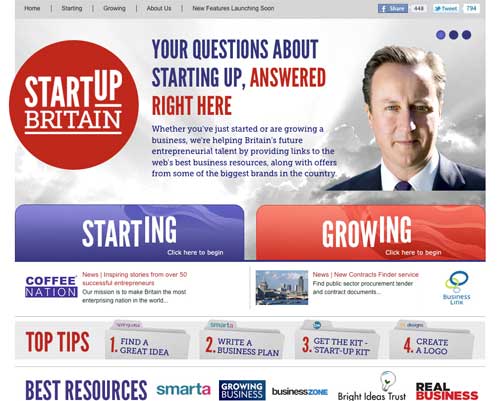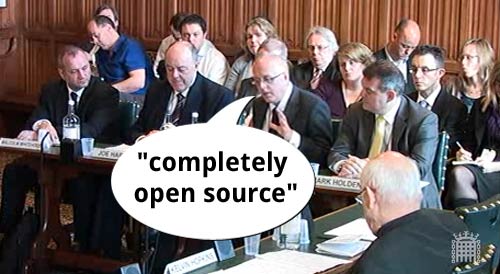Just posted on the Civil Service jobs website: the recruitment notice for the permanent position of Executive Director Digital, as proposed in the Martha Lane Fox review. It’s the position currently being fulfilled on an interim basis by Chris Chant.
The position is at SCS2 level, worth £142,000 per year, and promises ‘a rewarding role with a great deal of public visibility’. (Well, certainly if Puffbox has anything to do with it, anyway.) They’re clearly pitching it at a serious IT level, with references to ‘a track record of leading digitally enabled change at a strategic level, in a large federated organisation with complex delivery chains.’
The job description calls for someone who will:
- champion the citizen/end user through the implementation of the Coalition Government’s digital strategy;
- design the organisation and recruit people to establish a successful Government Digital Service;
- manage the budget of the central group within the Government Digital Service;
- direct all government online spending in a way that delivers value for money, makes use of best existing technology, that is both available commercially and also free and results in an improvement of the user experience across all government online services (websites and APIs)
- reduce the cost of providing the Directgov platform itself in line with efficiency plans; and
- work closely with the Government Chief Information Officer to direct, set and enforce standards across government departments in areas such as technical, content, design, process and customer standards.
Plenty to get excited about in there… citizen first, recruitment into the new GDS, APIs, etc… but I’m most particularly drawn to the explicit reference to ‘existing technology available free’. With everything else around it being so serious and high-level, it’s pleasantly surprising to see ‘stuff you can just get off the interweb’ getting a look-in.
The position is open to non-civil servants, and non-UK nationals. Slightly ominously, I note the job advert says ‘Language skills required: none.’ – but let’s hope that’s a quirk of the underlying database. Good language skills are going to be absolutely essential for this.
You’ve got two weeks to get your application in.
(And thanks to various well-placed sources for tipping me off.)
Update, 11:00
I’ve been sent the full job spec, and although it doesn’t add a tremendous amount, there are some interesting titbits therein.
- ‘The budget for the central group within the Government Digital Service, which is currently £23 million per annum falling in line with other administrative budgets to £17 million in 2014/15.’
- It talks about website rationalisation ‘through adoption of a single URL for all online services’ – er, really, a single URL? I don’t think that’s quite what they meant. Common parlance seems to have settled on ‘single domain’, but even then, I’m not sure that’s quite how it’ll turn out.
- The lucky individual will be based at Hercules House, with hot-desking at the Cabinet Office / Treasury offices. As a statement of intent, that’s quite interesting in itself: they clearly want the person concerned to be close to the hands-on work.
- The recruitment process will happen pretty swiftly, with interviews scheduled for the first half of May, in front of a panel consisting of Ian Watmore, Bill McCluggage and Martha Lane Fox (plus a Civil Service Commissioner).
Reading through it, I’m struck by the differences with the Director of Digital Engagement job spec, published two years ago. Then, the wording seemed to be implying that they were particularly keen on getting someone in from outside, ideally the media – but that didn’t happen. This time, there’s no such implication: if anything, it feels like it’s angling for someone with a Big IT background – quite possibly from within government, or somewhere very like it.
Another quick update, Fri am: Chris Chant has publicly ruled himself out – which is fair enough, as he’s got a pretty big job already.




